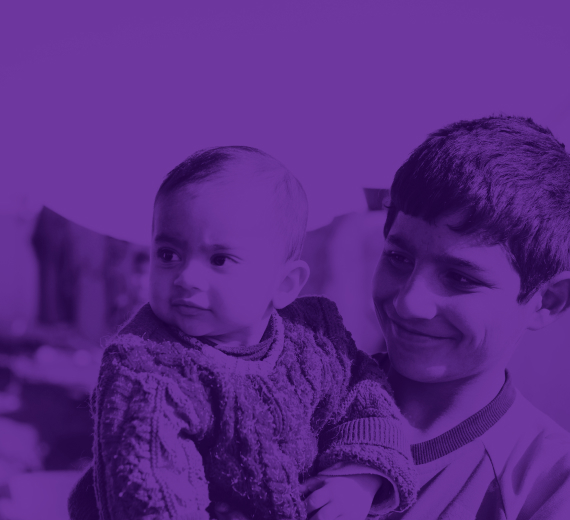State of Gender Data
Progress on Gender Equality is Eroding
Gender data is fundamental to achieving gender equality and the Sustainable Development Goals. It helps identify inequalities, illuminate a path forward, and monitor global progress. As recognition of its importance has grown over the last decade, the availability of gender data—and its use in decision-making—has improved.
Yet overlapping crises, from the COVID-19 pandemic to climate change and conflict, have imperiled progress on gender equality and the Sustainable Development Goals. In 2022, UN Secretary General Antonio Gutierrez declared that the Sustainable Development Goals are in need of rescue. The 2022 SDG Gender Index by EM2030 found little progress on global gender equality between 2015 and 2020, and a recent assessment by UN Women demonstrates that more than one quarter of the indicators needed to measure progress on gender equality are “far or very far” from 2030 targets.
A Snapshot of Progress and a Way Forward: The State of Gender Data
The State of Gender Data is an evolving Data2X publication and digital experience designed to highlight global progress and spur action on gender data. Data2X will update the initiative annually, providing insight into a new dimension of gender data. For our initial launch, we focus on examining funding trends and highlighting promising solutions and key commitments.
The dimensions below are foundational to measuring gender data progress, with funding trends revealing how far the global community has fallen short of the investments needed to fill known gender data gaps. The solutions section demonstrates that despite funding challenges, powerful solutions exist for closing gender data gaps. And finally, through commitments (the most promising of the three dimensions), we provide a window into political will and demand for gender data—both of which are necessary for increasing policy use of gender data.



